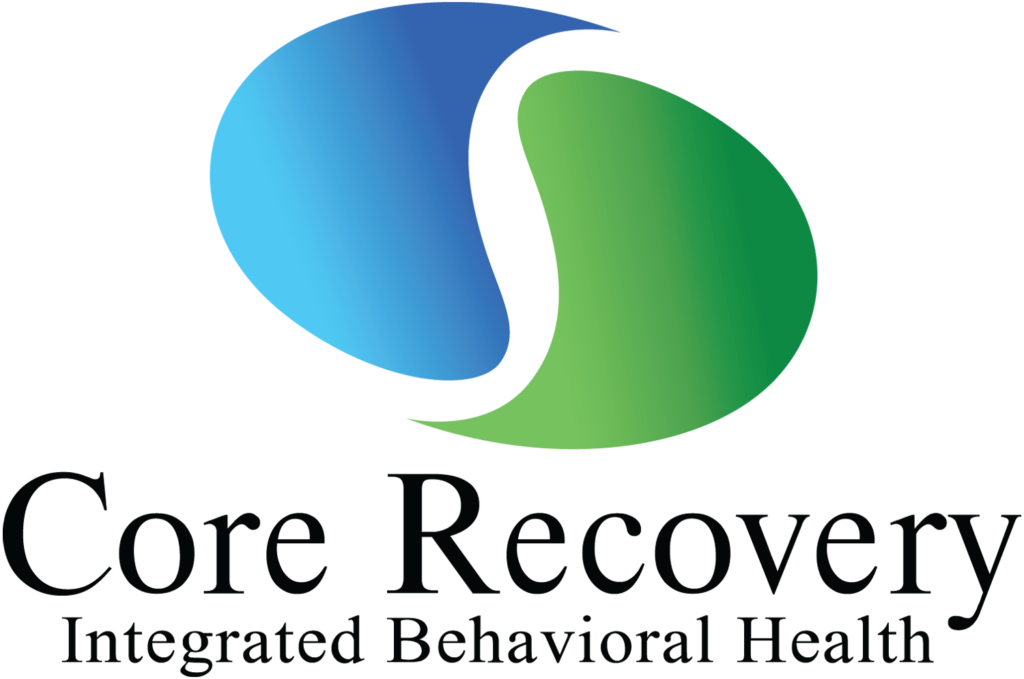When facing mental health challenges, finding the right level of care is crucial for effective recovery. A Partial Hospitalization Program (PHP) offers a structured, intensive treatment option that combines the benefits of both inpatient and outpatient care. This unique approach provides comprehensive therapeutic services while allowing individuals to return home each day, making it an attractive option for many seeking support. In this blog, we’ll explore the top five reasons why a Partial Hospitalization Program might be the right choice for you or a loved one. From its balanced approach to treatment to the flexibility it offers, a PHP can be a pivotal step towards achieving lasting mental health and well-being. Discover how this program can provide the support you need while maintaining daily life responsibilities.
Flexible Schedule for Balanced Treatment and Daily Life
A well-structured yet adaptable schedule is crucial for achieving a harmonious balance between treatment needs and daily responsibilities. Whether managing a chronic illness, pursuing a demanding career, or juggling family responsibilities, a flexible schedule can make a significant difference. Here’s a comprehensive guide to crafting a flexible schedule that ensures you meet your treatment goals while also maintaining a fulfilling daily life.

Assess Your Priorities
Start by identifying your primary needs and priorities. This includes treatment sessions, medication schedules, work commitments, and personal obligations. Understanding these priorities helps you allocate time effectively and ensures that essential activities are not overlooked. For instance, if you have a weekly therapy appointment, ensure it is fixed in your schedule as a non-negotiable commitment.
Create a Weekly Overview
Develop a broad weekly overview that includes all your fixed commitments and treatment sessions. This serves as a foundation upon which you can build more detailed daily plans. Include work hours, medical appointments, family activities, and personal time. This visual representation helps in understanding how to distribute your time and allows for easier adjustments as needed.
Build in Buffer Times
Incorporating buffer times between activities is essential for managing unexpected changes or delays, particularly when dealing with medical treatments that may not always proceed as planned or might cause unforeseen side effects. By building in these extra intervals, you allow yourself flexibility to accommodate any additional time needed for treatments, recovery, or adjustments, thus reducing the pressure of a tightly packed schedule. Buffer times also provide a valuable transition period between tasks, enabling you to shift focus smoothly and reduce the stress that can arise from back-to-back commitments.
Prioritize Self-Care
Allocating specific time slots for self-care activities is crucial for maintaining overall well-being and managing stress, which can significantly enhance treatment outcomes. This practice involves dedicating set periods each day or week to activities that nurture both physical and mental health, such as engaging in regular exercise, practicing relaxation techniques like meditation or deep breathing, pursuing hobbies that bring joy and fulfillment, or simply carving out moments to unwind and disconnect from daily pressures. By establishing a structured schedule for these self-care routines, individuals can create a balanced approach to their health, ensuring that these essential practices become a consistent part of their lives rather than sporadic or overlooked.
Use a Digital Calendar
Leveraging digital calendars and scheduling tools is a powerful strategy for managing appointments and daily tasks effectively. These tools offer features such as reminders and notifications, which help you stay organized and ensure you never miss important commitments. They also provide the flexibility to easily adjust your schedule as needed, accommodating changes or unexpected events with minimal hassle. With the ability to sync across multiple devices, digital calendars ensure that your schedule is always accessible, whether you’re at home, at work, or on the go.
Exploring Cost-Effective Alternatives to Full Hospitalization
Full hospitalization can be a significant financial burden for many patients and their families. However, there are several cost-effective alternatives that can provide high-quality care while mitigating expenses. These alternatives can be tailored to individual needs, offering flexible and affordable options without compromising the quality of care. Here’s a detailed guide to eight cost-effective alternatives to full hospitalization:
Outpatient Care
Outpatient care allows patients to receive medical treatments and procedures without being admitted to the hospital. This approach is suitable for many conditions that do not require 24/7 monitoring. Patients can visit a clinic or medical center for their treatments and return home the same day, reducing the overall cost associated with inpatient care.
Home Health Care
Home health care provides medical services in the comfort of a patient’s home, encompassing a range of services such as nursing care, physical therapy, and medical monitoring. This approach can be more cost-effective compared to hospital stays, as it typically reduces the need for extensive hospital resources and infrastructure. Additionally, receiving care in a familiar home environment can enhance comfort and contribute to a more rapid recovery, as patients are surrounded by their personal belongings and support systems. The home setting also allows for a more personalized care experience, tailored to the individual’s specific needs and preferences, ultimately supporting better overall health outcomes and a higher quality of life
Telemedicine
Telemedicine harnesses technology to offer remote consultations and follow-ups with healthcare professionals, enabling patients to access medical advice, prescriptions, and certain diagnostic services from the comfort of their homes. This approach significantly reduces the need for travel, which can be particularly beneficial for those with mobility issues or living in remote areas. By eliminating the necessity for in-person visits, telemedicine not only saves time but also lowers associated costs such as transportation and potential hospital admissions.
Urgent Care Centers
Urgent care centers offer a convenient and cost-effective alternative for non-emergency medical issues that require prompt attention. These centers are often open outside regular office hours and provide treatment for a wide range of conditions. They are typically less expensive than emergency room visits and can address many issues that don’t require full hospitalization.
Community Health Clinics
Community health clinics provide affordable medical care to individuals, often on a sliding scale based on income. These clinics can offer primary care, preventive services, and chronic disease management. They are a valuable resource for patients seeking cost-effective care, especially for those without insurance or with limited financial resources.
Intensive Support with a Focus on Recovery
Partial Hospitalization Programs (PHPs) offer a high level of intensive support aimed at fostering recovery. Unlike traditional outpatient care, PHPs provide a structured environment that combines comprehensive treatment with a focus on individual progress. Here’s why the intensity of support in a PHP is crucial for successful recovery.
- Structured Daily Schedule: PHPs provide a rigorous daily schedule that includes therapy sessions, medical care, and skill-building activities. This structure ensures consistent support and accountability.
- Personalized Treatment Plans: Each participant receives a tailored treatment plan designed to address their unique needs and challenges, enhancing the effectiveness of the recovery process.
- Access to Multidisciplinary Teams: Participants benefit from the expertise of a team comprising therapists, psychiatrists, social workers, and other specialists who collaborate to provide comprehensive care.
- Focus on Evidence-Based Therapies: PHPs utilize evidence-based therapies such as cognitive-behavioral therapy (CBT) and dialectical behavior therapy (DBT), which are proven to be effective in promoting recovery.
Conclusion
In summary, a Partial Hospitalization Program (PHP) offers a structured and intensive approach to mental health treatment that can be crucial for those seeking significant progress while still being able to maintain some level of daily life activities. With its comprehensive therapy options, flexible scheduling, and emphasis on both immediate and long-term recovery, PHP stands out as a viable option for many individuals. The supportive environment and professional guidance provided can greatly enhance the path to a healthier and more balanced life.
For more information on how Core Recovery in Ahwatukee, AZ, can assist you or your loved ones, please reach out to us at 602-926-7729. Our team is here to provide guidance and answer any questions you may have about starting your journey to recovery.





